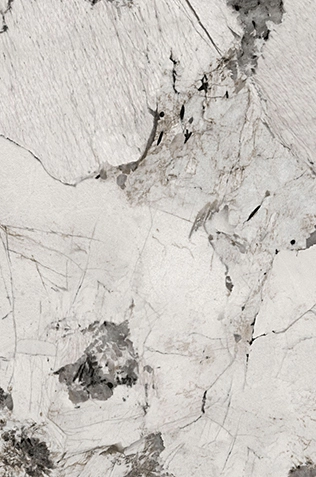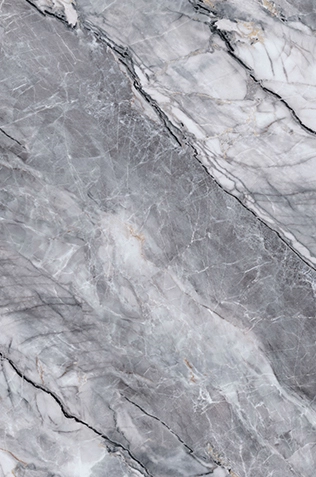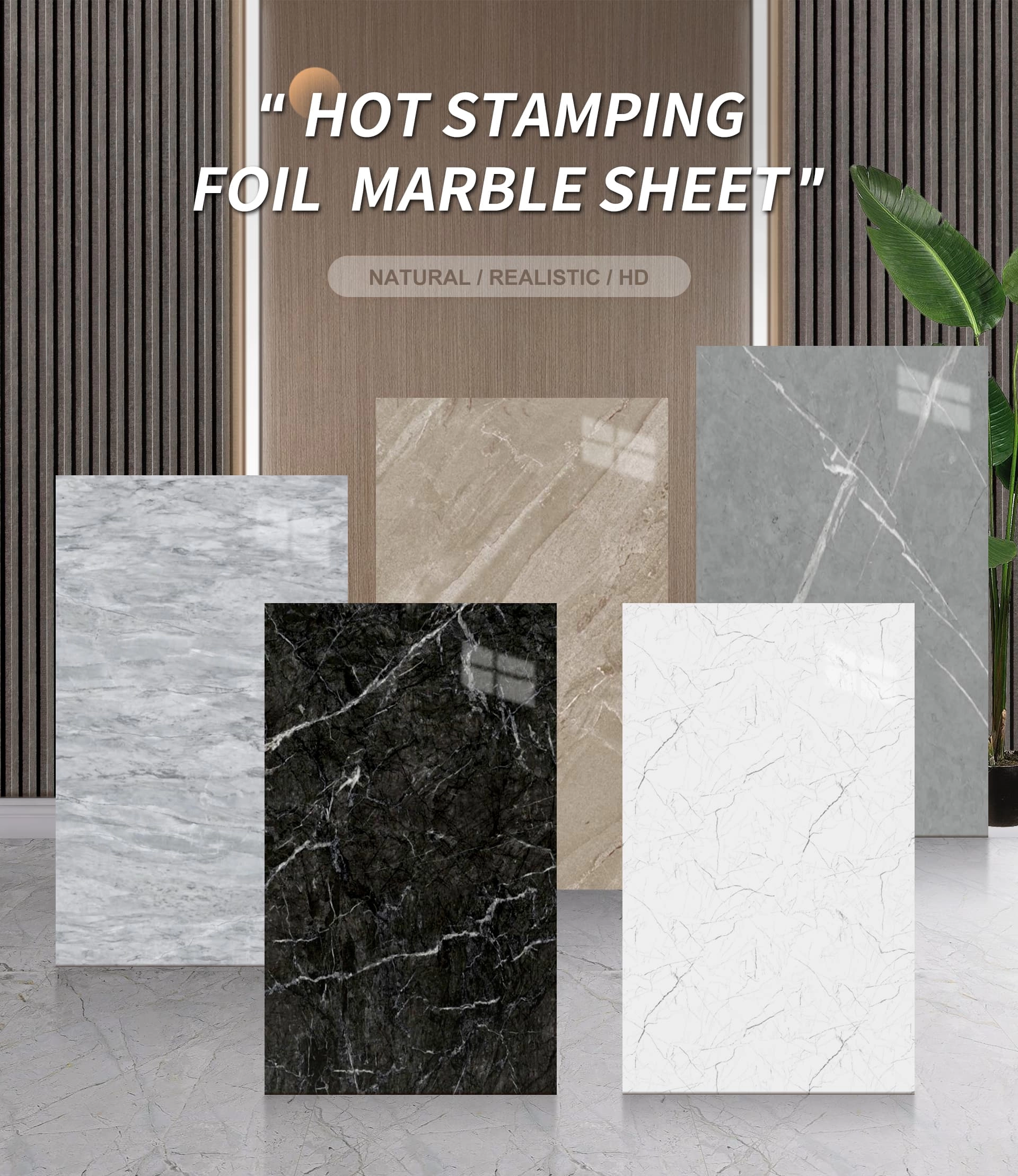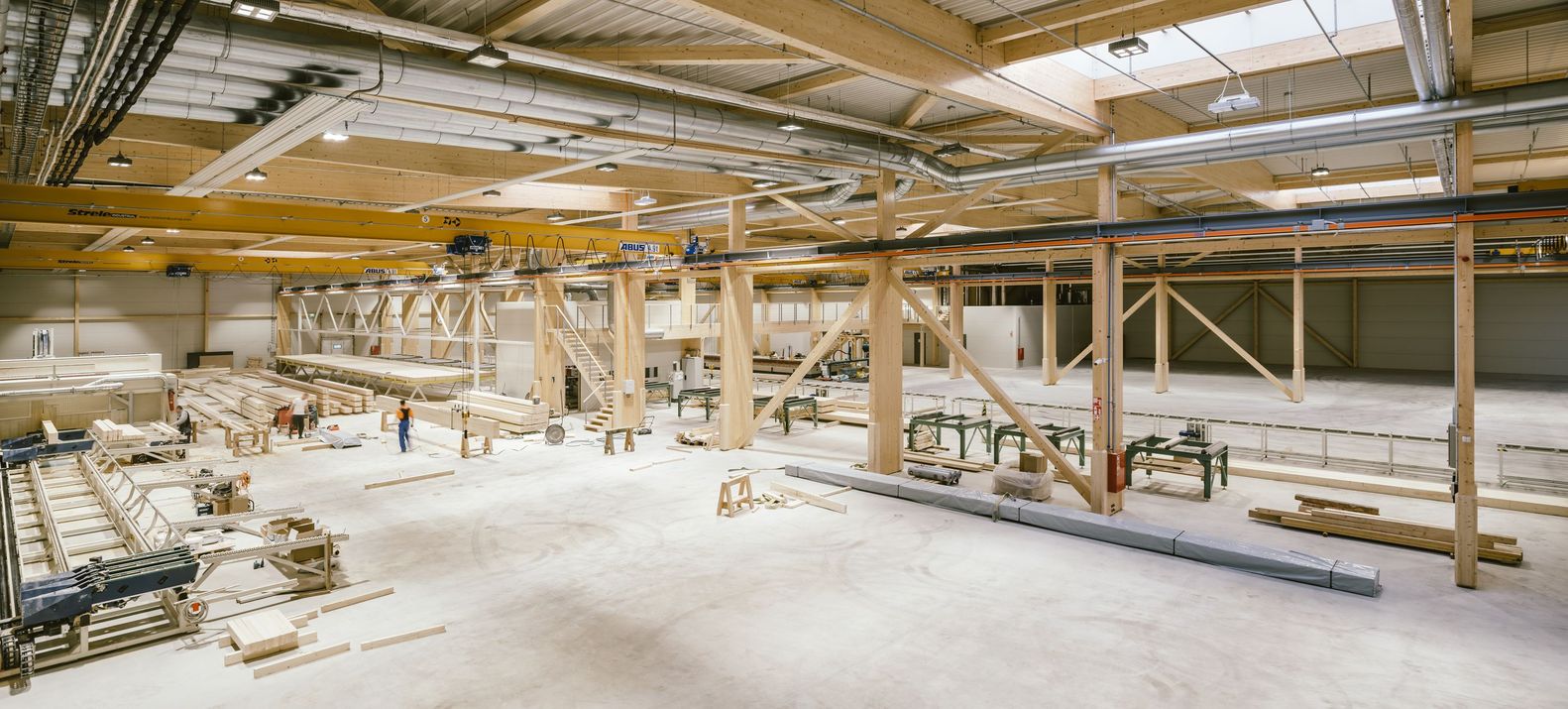CATEGORIES
High-Quality Hot Stamping Foil for PVC Marble Sheets & Wall Panels: Elevate Your Designs with a Glossy, Waterproof Coat
Hello, I'm Allen, and from my factory in China, we've specialized in producing top-notch WPC Wall Panels and PVC Marble Sheets for years. We understand that for businesses like yours, perhaps run by someone like Mark Wilson from the USA, finding materials that are both beautiful and durable is key. That's where hot stamping foil comes in. This amazing foil technology can transform a simple PVC panel or marble sheet into a stunning piece with a high quality, glossy, and waterproof coat. If you're looking to enhance your products, offer more variety, or simply understand how this printing technique can benefit your construction, interior design, or retail business, then this article is for you. We'll explore everything about hot stamping foil for PVC, from what it is to why it's a fantastic choice for your next project, especially if you're sourcing PVC marble sheets or wall panels.

What Exactly is Hot Stamping Foil and How Does It Work on a PVC Panel?
You might be wondering, what is this hot stamping foil I'm talking about? Think of it as a special kind of dry printing process. Instead of using wet ink, we use a foil. This foil has several layers. The magic happens when we use heat and pressure to transfer a thin layer of this foil onto a surface, like a PVC panel or a wall panel.
Here’s a simple breakdown of how it works:
- The Foil: The hot stamping foil itself is made of a few layers. There's a carrier film (often made of PET - polyethylene terephthalate), a release layer (so it separates cleanly), a lacquer or color layer (this is what you see!), sometimes a metallic layer (for shiny effects), and finally, an adhesive layer that sticks to your PVC product.
- The Machine: We use a special machine called a hot stamper.
- The Process: The PVC panel is placed in the machine. A heated die (a sort of stamp with the design) presses the foil against the PVC panel. The heat activates the adhesive on the foil, and the pressure makes sure it sticks perfectly. When the die lifts, the design from the foil is left on the PVC panel, and the used part of the foil is wound away.
This stamping process allows us to create intricate designs, solid colors, or even realistic wood grain and marble patterns on PVC surfaces. It’s a very efficient way to add decorative elements. For a business owner like Mark, who values quality, knowing that the product description matches the reality is crucial. The hot stamping foil technique ensures a consistent and high quality finish every time.
Why Choose Hot Stamping Foil for Your PVC Panels and Marble Sheets? The Big Advantages!
Now, why should you, as someone who might be looking for the best materials for construction companies or home improvement retailers, consider products decorated with hot stamping foil? There are many good reasons!
Firstly, aesthetics. This is a big one. Hot stamping foil can make a plain PVC panel or PVC marble sheet look incredibly fancy.
- Variety of Finishes: You can get shiny metallic looks (gold, silver, bronze), solid matte or glossy colors, realistic wood grains, or stunning marble effects. This means you can offer a wider range of styles to your customers.
- Sharp Details: The printing process allows for very fine details and crisp lines, making designs look very professional.
- Add a Touch of Elegance: These foils offer a way to make products look more expensive and luxurious without a huge increase in cost.
Secondly, durability. Products decorated with hot stamping foil are tough.
- Scratch Resistance: The top layer of the foil often includes a protective coat that helps resist scratches and scuffs. This is important for wall panels that might see a lot of wear and tear.
- Water Resistance: Many hot stamping foils are waterproof, which is perfect for PVC panels used in bathrooms or kitchens.
- UV Resistance: Some foils also offer UV protection, which means the colors won't fade easily even if they're exposed to sunlight. This ensures a long-lasting finish.
For someone like Mark, who needs reliable products, these benefits are key. You get great looks and great performance. The hot stamping foil essentially adds a protective and decorative layer to the PVC or WPC panel, enhancing both its visual appeal and its lifespan. This technology is especially great for creating realistic PVC Marble Sheet designs that are much lighter and easier to install than real marble.

What Are the Different Types of Hot Stamping Foil Available for Decorative Finishes?
The world of hot stamping foil is quite diverse! There isn't just one type of foil; there are many, each designed for different looks and applications. This versatility is what makes it so popular for decoration.
Here are some common types you'll encounter, especially for PVC wall panels and marble sheets:
- Metallic Foils: These are probably the most well-known. They give that shiny, reflective, metallic look – think gold, silver, copper, bronze, and a rainbow of other metallic colors. These metallic foils are great for adding highlights, borders, or creating a very luxurious feel on a panel.
- Pigment Foils (or Color Foils): These come in a wide range of solid colors, both matte and glossy. If you need a specific color for a PVC panel that isn’t available in the base material, pigment foil is a great solution. They provide excellent opacity and vibrant colors.
- Wood Grain Foils: This is a game-changer for PVC and WPC wall panels. These foils have incredibly realistic wood patterns printed on them. You can get the look of oak, walnut, mahogany, or many other wood types without using actual wood. This is perfect for achieving a natural aesthetic with the benefits of PVC, like being waterproof.
- Marble Effect Foils: Similar to wood grain foils, these mimic the look of natural marble. You can get classic white Carrara, dramatic black Marquina, or various other stone patterns. This is how we create beautiful PVC marble sheets that are lightweight and easy to work with. The marble hot stamping foil is a key technology here.
- Holographic Foils: These create eye-catching, three-dimensional effects that change with the light. While perhaps less common for standard wall panels, they can be used for special accents or decorative features.
- Special Effect Foils: This category can include brushed effects, patterns, textures, and more. The innovation in foil technology is always ongoing!
Understanding the different types of hot stamping foil available helps you make informed choices for your products. Whether you need a subtle texture or a bold statement piece, there's likely a foil that can achieve it. The stamping foil for wall applications is particularly focused on realistic textures and robust performance.
How is Hot Stamping Foil Applied to PVC and WPC Wall Panels? A Look at the Stamping Process.
So, we know there are different types of foil, but how exactly does it get onto the PVC or WPC wall panel? The application process, while technical, is quite efficient when done with the right machinery and expertise. As a manufacturer, we've refined this process over the years.
The general stamping process involves a few key steps:
- Surface Preparation: The PVC panel or WPC wall panel surface needs to be clean, dry, and smooth. Any dust or imperfections can affect the final adhesion and look of the foil. This is a critical quality control step.
- Setting Up the Machine:
- Die/Roller: Depending on the type of product, either a flat die, a shaped die (for profiles), or a silicone roller is used. For flat panels, rollers are common for continuous application. The die or roller is heated to a specific temperature.
- Foil Loading: The roll of hot stamping foil is loaded into the machine.
- Parameters: The operator sets the correct temperature, pressure, and speed (or dwell time for stamping). These parameters are crucial and vary depending on the type of foil and the substrate (PVC, WPC, PS, etc.).
- The Stamping/Rolling:
- The PVC panel moves under the heated die or roller.
- The die/roller presses the foil against the panel. The heat activates the adhesive on the hot stamping foil, and the pressure ensures it bonds securely to the panel surface.
- The design or color layer from the foil is transferred to the panel.
- Foil Release and Collection: As the panel moves on, the carrier film of the foil (the part that doesn't stick) is separated and wound onto a take-up reel. What's left on the panel is the beautiful, durable decorative layer.
- Cooling and Inspection: The decorated panel then cools. A final inspection is done to ensure the foil has transferred correctly, with no bubbles, wrinkles, or missed spots.
This heat transfer method is highly effective for mass production. For someone like Mark, who needs consistent quality across large orders, this controlled application process is a significant advantage. It allows for complex patterns and finishes to be applied much more quickly and cost-effectively than traditional methods like painting or laminating, especially for creating things like marble PVC sheets or detailed WPC Wall Panel designs. The precision of modern plastic machinery manufacturers ensures that the foil stamping is impeccable.

Can Hot Stamping Foil Truly Make My Products Look More Luxurious and High Quality?
Absolutely! This is one of the primary reasons hot stamping foil is so popular in the decorative materials industry. It has a remarkable ability to elevate the perceived value and aesthetic appeal of products like PVC wall panels and furniture panel etc.
Here’s how hot stamping foil achieves that luxurious, high quality look:
- Richness of Finishes: Whether it's the deep gloss of a solid color, the convincing texture of wood grain, the opulent sheen of a metallic foil, or the elegant veins of a marble sheet effect, foils offer a depth and realism that's hard to match with simple paint or printing. These finishes add a touch of elegance instantly.
- Precision and Detail: The stamping process can transfer very intricate patterns and fine details with remarkable clarity. This precision makes the design look deliberate and well-crafted, contributing to a high quality impression.
- Consistency: Unlike some manual finishing processes, hot stamping foil application is highly consistent across large production runs. Every panel will have the same high-quality finish, which is crucial for professional projects.
- Tactile Sensation (Sometimes): While primarily a visual enhancement, some foils can also add a subtle texture, further enhancing the sensory experience and making the product feel more substantial.
- Cost-Effective Elegance: Perhaps the most significant advantage for businesses is that hot stamping foil allows you to achieve a luxurious look without the high cost of using genuine materials like real marble, exotic woods, or solid metal. This means you can offer premium-looking products at more competitive price about hot transfer foils.
For a procurement officer like Mark, who is quality-sensitive but also mindful of pricing, hot stamping foil for PVC provides an ideal solution. It allows his company to offer products that look and feel premium, thus commanding better value in the market, while keeping production costs manageable. The visual appeal is significantly enhanced, making products more eye-catching and desirable to end-users, be it in home decor or commercial spaces.
Is Hot Stamping Foil an Eco-Friendly Decoration Option for My PVC Wall Products?
This is a very important question, especially today when everyone, including customers like Mark, is increasingly conscious of environmental impact. The "eco-friendliness" of hot stamping foil can be looked at from a few angles.
Firstly, the hot stamping process itself is generally cleaner than some other decoration methods.
- Dry Process: It’s a dry process, meaning it doesn’t involve wet inks or solvents that can release Volatile Organic Compounds (VOCs) into the atmosphere. This is a big plus for air quality in the factory and for the end-user.
- Less Waste: The foil is transferred precisely, and while there is a carrier film (PET typically) that becomes waste, manufacturers are increasingly looking into recycling options for this. The transfer itself is efficient, minimizing material waste compared to, say, overspray from painting.
Secondly, the materials used in the foil and the products it's applied to:
- PET Carrier Film: The PET (polyethylene terephthalate) carrier film is a type of plastic that is widely recyclable.
- Longevity: Because hot stamping foil adds to the durability of the PVC panel (making it scratch-resistant, waterproof, and sometimes UV-resistant), it can extend the life of the product. Longer-lasting products mean less frequent replacement, which is good for resource conservation.
- PVC and WPC: The base materials like PVC and WPC (Wood Plastic Composite) themselves often incorporate recycled content. Many of our WPC wall panels are designed with sustainable materials in mind.
However, it's important to be realistic. No manufacturing process is 100% "green." The key is to choose suppliers who are committed to using more sustainable materials and processes where possible. As a manufacturer, we are always exploring ways to make our products, including those using stamping foil for plastic, more environmentally responsible. For Mark, asking about the composition of the foil and the base PVC panel, and looking for certifications related to environmental standards, would be good practice. The goal is continuous improvement toward more eco-friendly solutions.
What Should I Look for in a Hot Stamping Foil Supplier? Tips for Finding a Reliable Manufacturer.
Finding the right supplier for hot stamping foil or for PVC panels decorated with this foil is absolutely critical, especially for someone like Mark who relies on consistent quality and timely deliveries. As a factory owner (my name is Allen, by the way!), I understand these concerns deeply. Here’s what I'd advise looking for:
- Quality of Foil and Application:
- Adhesion: Ask for samples. Test the foil for good adhesion. It shouldn't peel or flake easily.
- Clarity and Consistency: The printing should be sharp, colors vibrant and consistent, and patterns well-defined.
- Durability: Inquire about scratch resistance, UV resistance, and moisture resistance. A good supplier will provide product description specs for their stamping foilhot stamping foil.
- Certifications: This is a big one for Mark.
- Ask for relevant certifications, like ISO quality management, fire safety ratings for wall panels, and any environmental certifications. Be wary of fraudulent certificates – try to verify them if possible.
- We, for example, ensure our products meet international safety standards.
- Experience and Expertise:
- How long has the supplier been working with hot stamping foil? Experienced manufacturers are more likely to have ironed out quality control issues.
- Do they understand the technical aspects of applying foil to different substrates like PVC, PS, WPC foam board, or even PMMA?
- Communication and Support: Mark mentioned inefficient communication as a pain point.
- Is the supplier responsive? Do they answer your technical questions clearly?
- A good supplier should be a partner, helping you choose the right foil for your needs.
- Production Capacity and Lead Times:
- Can the supplier handle your order volume?
- What are their typical lead times? Unreliable lead times can cause major project delays, another of Mark's concerns.
- Pricing: While quality is key, pricing must be competitive.
- Get quotes from multiple suppliers but don't just go for the cheapest. Consider the overall value (quality, reliability, service). You can often find details and price lists for standard hot transfer foils heat transfer films.
- Logistics and Payment:
- Discuss shipping options, packaging, and payment terms upfront. Clear terms prevent misunderstandings.
- Willingness for Customization:
- If you need custom designs or colors for your PVC marble sheet or wall panel, can the supplier accommodate this? Customization is a valuable service.
Attending exhibitions, as Mark does, is a great way to meet suppliers in person. But thorough vetting is still essential. Don't hesitate to ask for references or case studies. A transparent and reliable supplier will be happy to provide this information.
How Does Hot Stamping Foil Enhance the Durability and Waterproof Nature of PVC Wall Panels?
We've touched on durability before, but let's dive a bit deeper into how hot stamping foil specifically makes PVC wall panels tougher and more resistant, especially to water. This is a crucial selling point for products used in demanding environments.
- A Protective Top Coat: Most hot stamping foils designed for applications like wall panels come with a clear, protective top coat. This layer is the first line of defense.
- Scratch and Abrasion Resistance: This top coat is often quite hard and helps protect the underlying decorative print and the PVC panel itself from everyday scratches, scuffs, and wear. This is particularly important for a wall panel in high-traffic areas.
- Chemical Resistance: It can also offer some resistance to household cleaning agents, making the panels easier to clean without damaging the finish.
- Sealing the Surface: The foil, when applied correctly, creates a continuous, non-porous film over the surface of the PVC panel.
- Waterproof Barrier: This film acts as an excellent waterproof barrier. It prevents water or moisture from seeping into the PVC (though PVC itself is largely water-resistant) or, more importantly, from damaging the decorative print layer of the foil. This makes PVC panels with hot stamping foil ideal for bathrooms, kitchens, laundry rooms, and other damp environments.
- Stain Resistance: The sealed surface also makes it harder for stains to penetrate, so spills can often be wiped away easily.
- UV Protection (in some foils): As mentioned, some foils incorporate UV inhibitors. This is vital for:
- Preventing Fading: Sunlight can cause colors to fade over time. UV-resistant foils help maintain the vibrancy of the design for much longer, ensuring long-lasting aesthetics.
- Preventing Material Degradation: Prolonged UV exposure can also degrade some plastics. The foil can offer a degree of protection to the underlying PVC panel.
So, the hot stamping foil isn't just about making the PVC panel look good; it's a functional enhancement. It adds a robust layer that improves the panel's resilience to common challenges, making it a more practical and long-lasting choice for interior decoration. This added durability is a strong selling point for customers who want low-maintenance and reliable wall solutions.
What Are the Key Considerations for Packaging and Logistics with Hot Stamping Foil Orders from a Supplier?
For a business owner like Mark, who imports products, getting the packaging and logistics right is just as important as the product quality itself. Damaged goods or delayed shipments can kill profits and ruin project timelines. As a supplier regularly exporting PVC wall panels and hot stamping foils, we pay close attention to this.
Key Packaging Considerations:
- Protection for Foils: Rolls of hot stamping foil are delicate. They need to be protected from:
- Pressure: Crushing can damage the foil and make it unusable. Rolls are often suspended in boxes or packed with core plugs.
- Moisture: Packaging should be moisture-resistant, especially for sea freight.
- Temperature Extremes: While less common, extreme temperatures can affect the adhesive.
- Individual Wrapping: Each roll is typically wrapped in protective film.
- Protection for Decorated Panels: If you're ordering finished PVC panels decorated with foil:
- Surface Protection: Panels often have a protective peel-off film to prevent scratches during transit and installation.
- Stacking: Panels should be stacked carefully, often with separators, to prevent rubbing and pressure marks.
- Edge Protection: Edges and corners are vulnerable and may need extra packaging material.
- Crates/Pallets: For bulk shipments, robust crates or pallets are essential to ensure the panels arrive undamaged. Secure strapping is a must.
Key Logistics Considerations:
- Choosing the Right Freight Forwarder: A reliable freight forwarder who understands your needs and the nature of your goods is crucial.
- Shipping Times: Get clear estimates for shipping times from your supplier. Factor in potential delays (customs, port congestion). This is a major pain point for Mark, so clear communication from the supplier is vital.
- Incoterms: Understand the shipping terms (e.g., FOB, CIF). This defines who is responsible for what costs and risks during transit.
- Customs Clearance: Ensure all necessary documentation for customs clearance is accurate and provided promptly by the supplier. This includes commercial invoices, packing lists, and any required certificates. Delays here can be costly.
- Tracking: Good suppliers offer tracking information so you can monitor your shipment's progress.
- Insurance: Consider freight insurance to cover potential loss or damage during transit.
- Communication: Maintain open communication with your supplier and freight forwarder throughout the shipping process.
Proper packaging and smooth logistics are hallmarks of a professional supplier. It shows they care about your order arriving safely and on time. When you find details and price, always ask about their packaging standards and shipping procedures.
Beyond PVC Panels: What Other Applications Use Hot Stamping Foil in Furniture and Decoration?
While we've focused a lot on PVC wall panels and marble sheets, the versatility of hot stamping foil means it's used in a vast array of other applications, especially in the furniture and decoration industries. Understanding this broader use can give you ideas or simply reinforce the foil's value as a decorative technology.
Here are some other common uses for hot stamping foil:
- Furniture:
- Edges of Boards: Hot stamping foil is widely used for edge banding on MDF, particleboard, and plywood furniture panel etc. It gives a clean, finished look.
- Flat Surfaces: It can be applied to flat surfaces of cabinets, tables, and shelves to create wood grain, solid color, or other decorative finishes.
- Profiles and Moldings: Decorative molding profiles on furniture, like those on a cabinet or door frame, are often decorated with hot stamping foil.
- Picture Frames and Mirror Frames: The foil for picture frames, especially metallic or ornate wood grain foils, is very common. It adds that touch of elegance.
- Interior Trim and Moldings: Similar to furniture, architectural moldings, cornices, and skirting boards made from PS (polystyrene) or PVC are often enhanced with hot stamping foil.
- Doors and Door Frames: Both interior doors and door frame components can be decorated with foil to mimic wood or provide durable color.
- Consumer Electronics and Appliances: Accents, logos, and control panel markings on electronics and appliances sometimes use hot stamping foil for a sleek, durable finish.
- Home Packaging and Cosmetics: Luxurious packaging for cosmetics or high-end goods often uses hot stamping foil (especially metallic foils) to create an eye-catching and premium feel.
- Automotive Interiors: Certain trim pieces and components inside cars can be decorated using specialized hot stamping foils.
- Vinyl Flooring Accents: While not the main surface, accent strips or design elements in some vinyl flooring might use foil.
The list goes on! Essentially, any rigid or semi-rigid plastic, wood, or even coated paper surface that can withstand the heat and pressure of the stamping process is a candidate for hot stamping foil decoration. Its ability to provide diverse aesthetics, from simple color to complex patterns like marble hot stamping foil, combined with its durability, makes it a go-to solution for many industries. This widespread use underscores its reliability and effectiveness as a finishing technique. For example, our PS Wall Panels also benefit greatly from the versatility of such decorative techniques.
I hope this detailed look into hot stamping foil has been informative. As Allen, I believe in empowering my customers, like Mark, with knowledge. Understanding the materials and processes behind the products you source helps you make better business decisions. Hot stamping foil offers a fantastic way to enhance PVC panels, PVC marble sheets, and many other products, delivering both beauty and performance.
Key Things to Remember:
- Hot stamping foil is a dry printing process using heat and pressure to transfer a decorative and protective layer onto surfaces like PVC panels.
- It offers significant advantages in aesthetics (various finishes like metallic, wood, marble) and durability (scratch, water, and UV resistance).
- Many types of foil exist, including metallic, pigment, wood grain, and marble effect foils, catering to diverse design needs for wall panelshot stamping foil.
- The application process is efficient and consistent, crucial for high quality mass production of items like pvc panelhot stamping foil.
- Hot stamping foil can make products look more luxurious and is generally a cleaner, more eco-friendly option than solvent-based methods.
- Choosing a reliable supplier involves checking for quality, certifications, communication, and understanding their packaging and logistics for stamping foils for wall panelshot.
- The foil enhances durability by adding a protective coat, making PVC panels more waterproof and long-lasting.
- Beyond wall panels, hot stamping foil is widely used on furniture, decorative molding profiles, picture frames, and even home packaging.
If you have any more questions or are looking for a reliable supplier for WPC wall panels, PVC marble sheets, or products featuring hot stamping foil, please feel free to reach out. We, at Xihong Building Materials, are always here to help you succeed.





